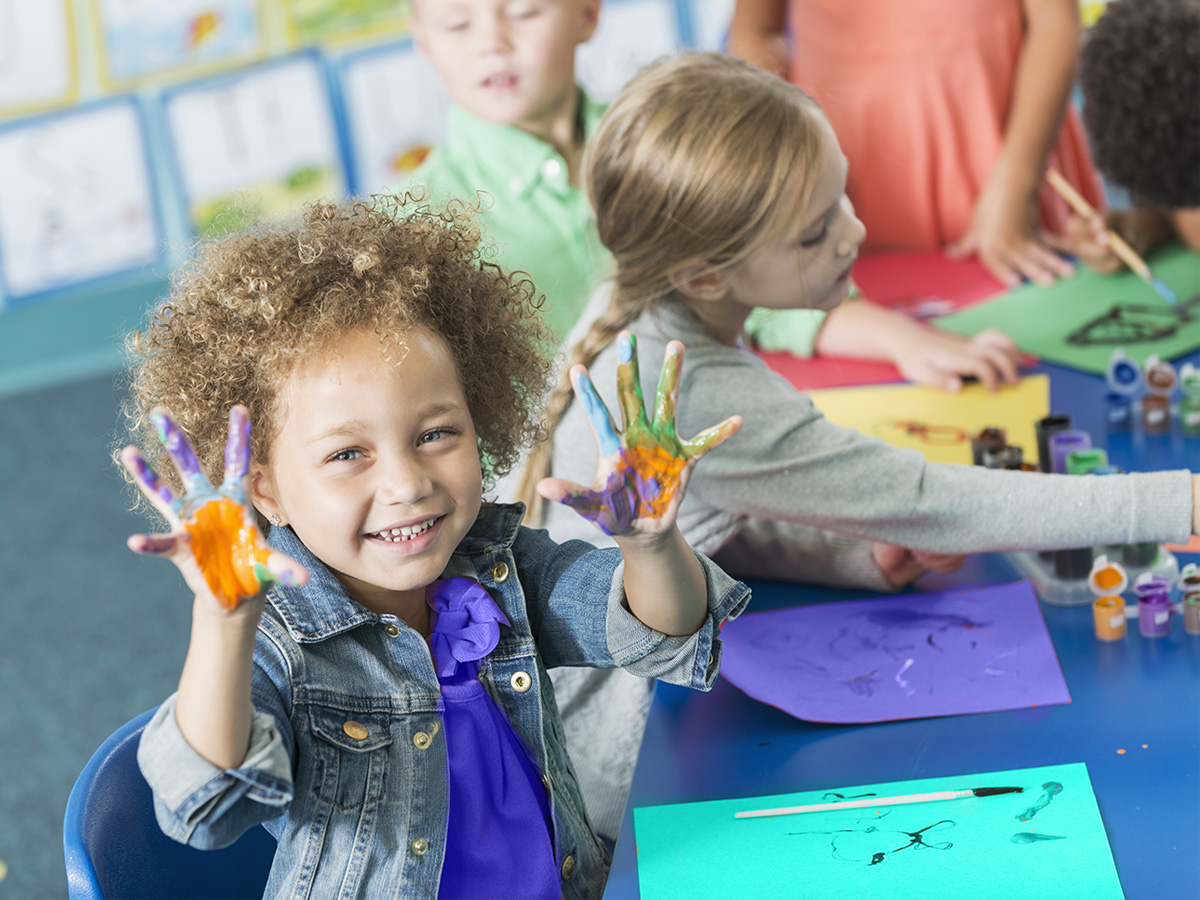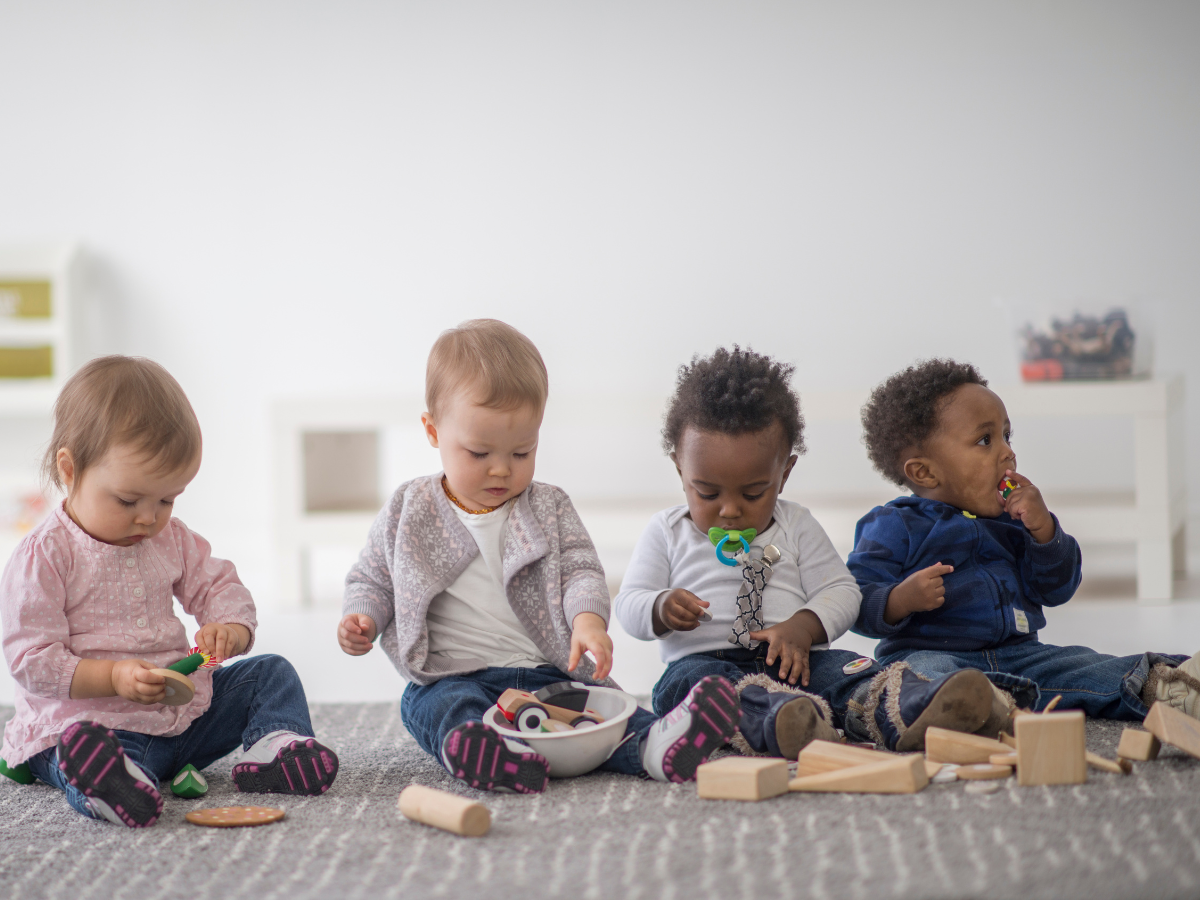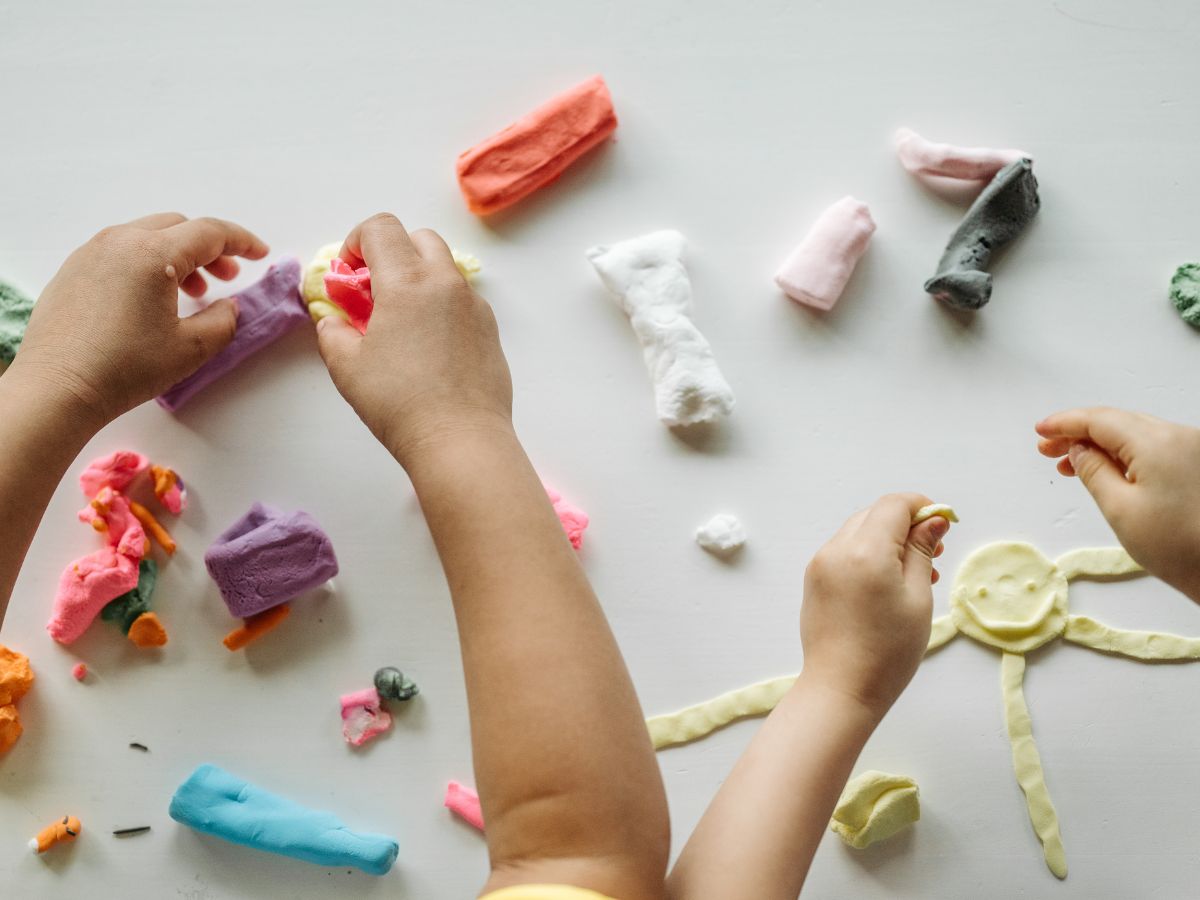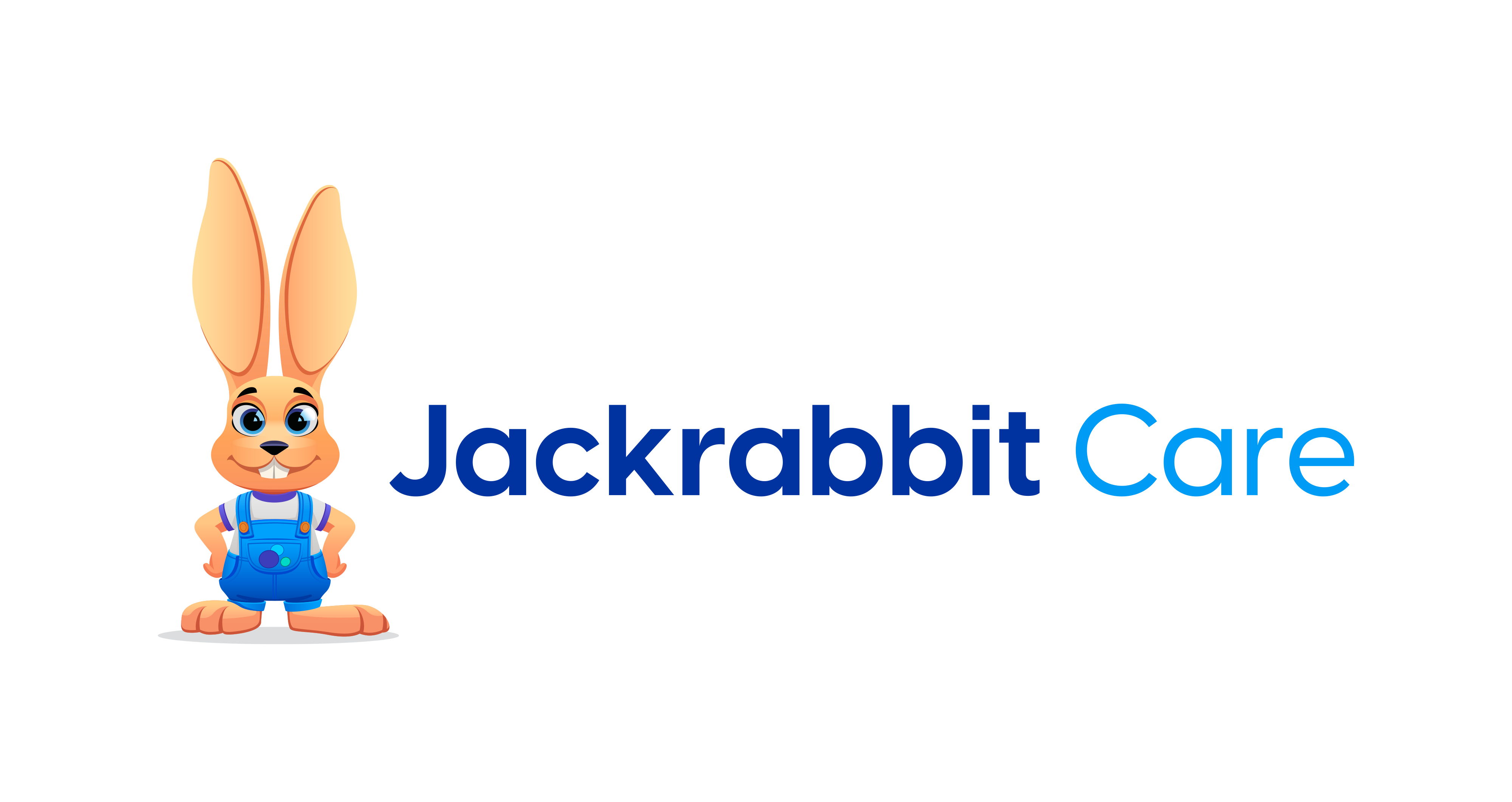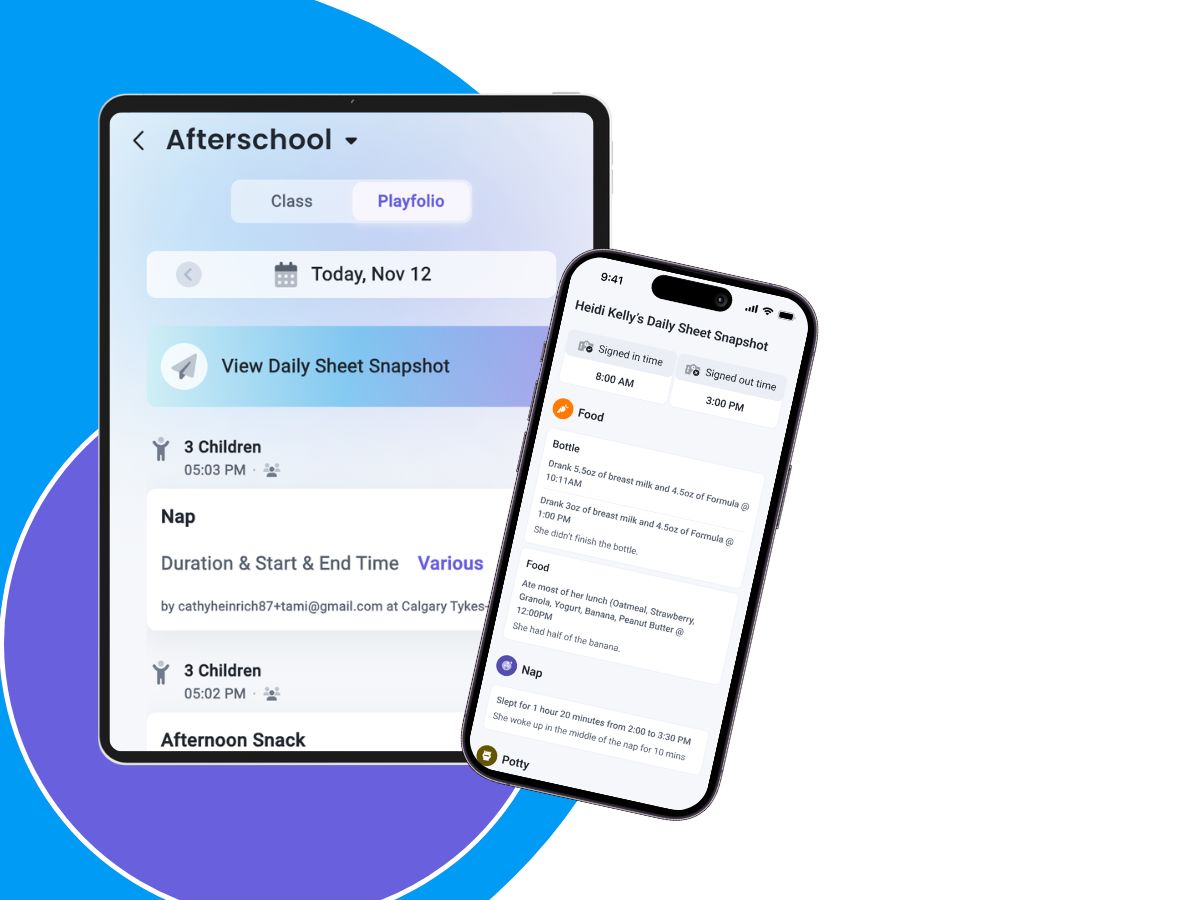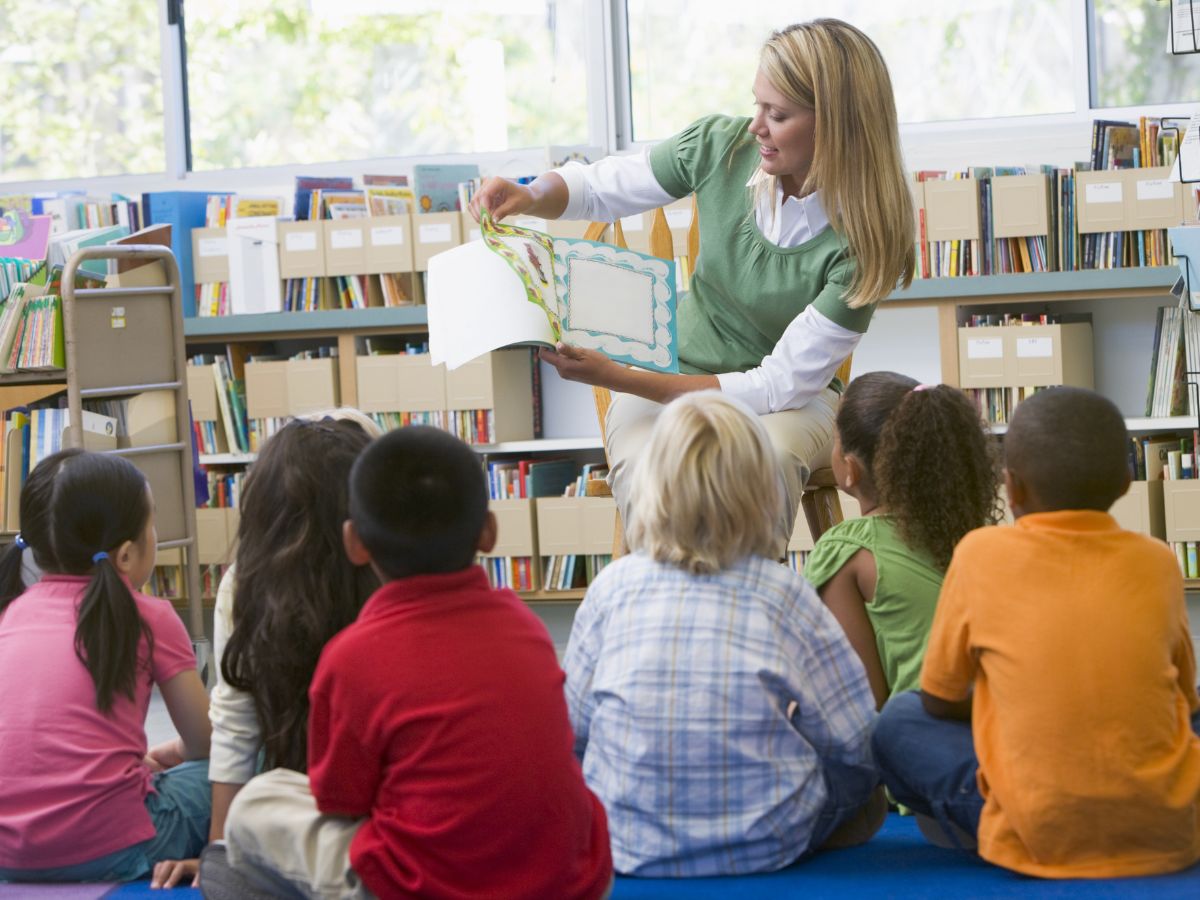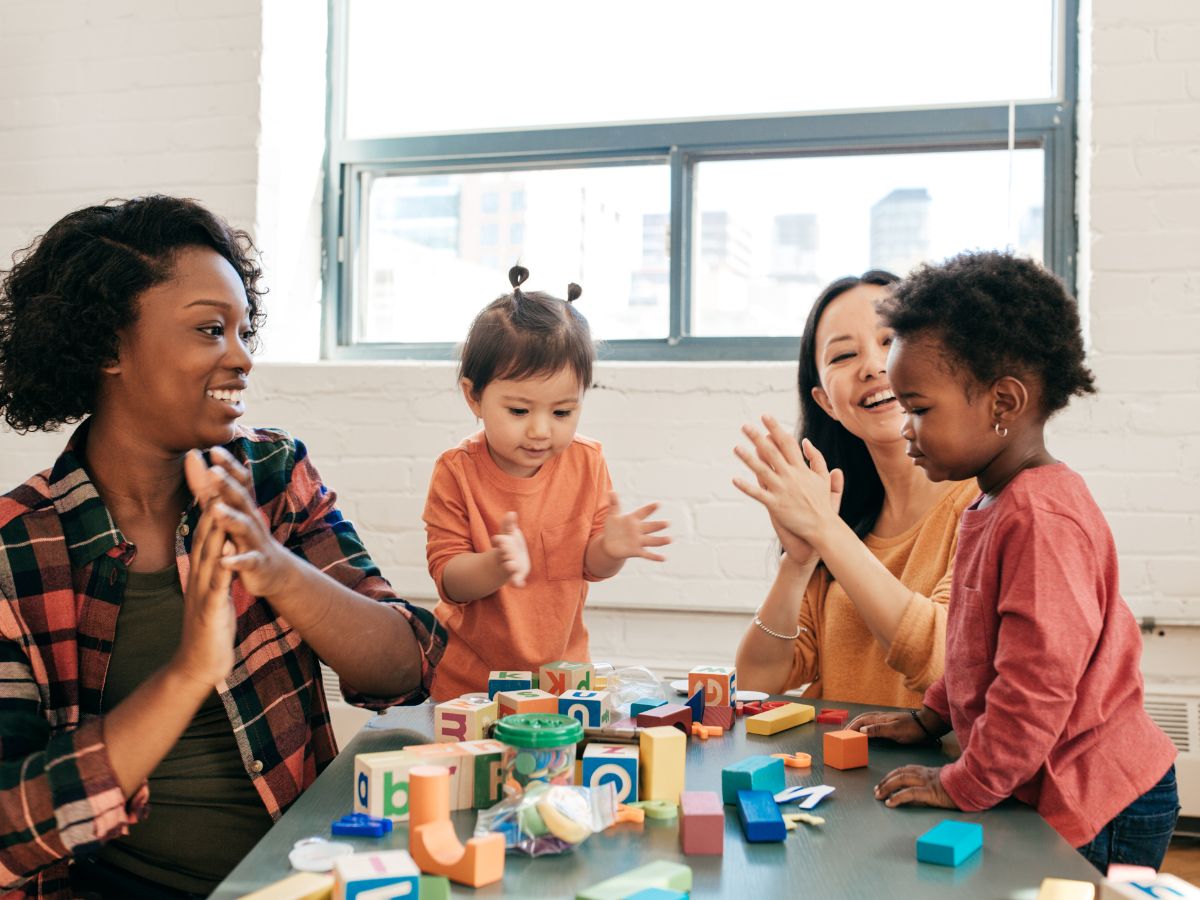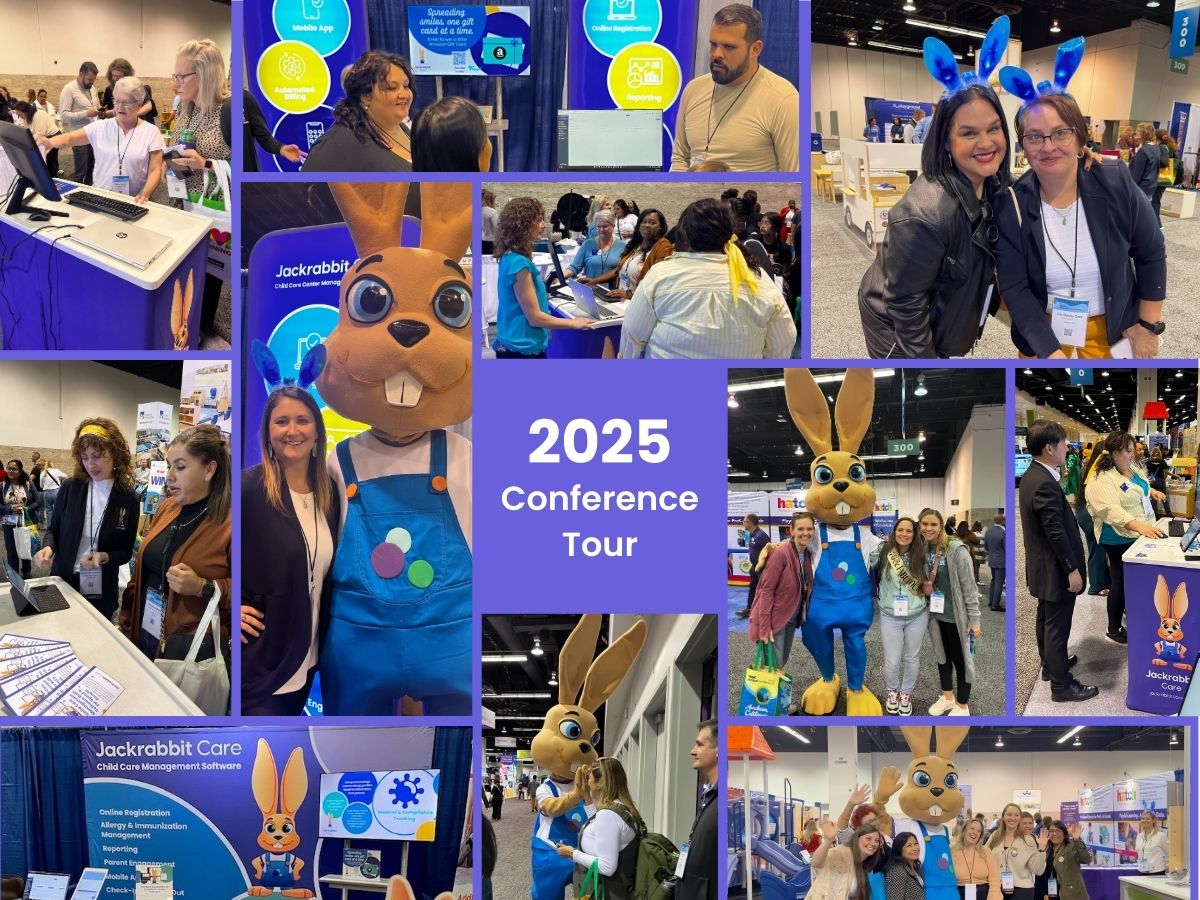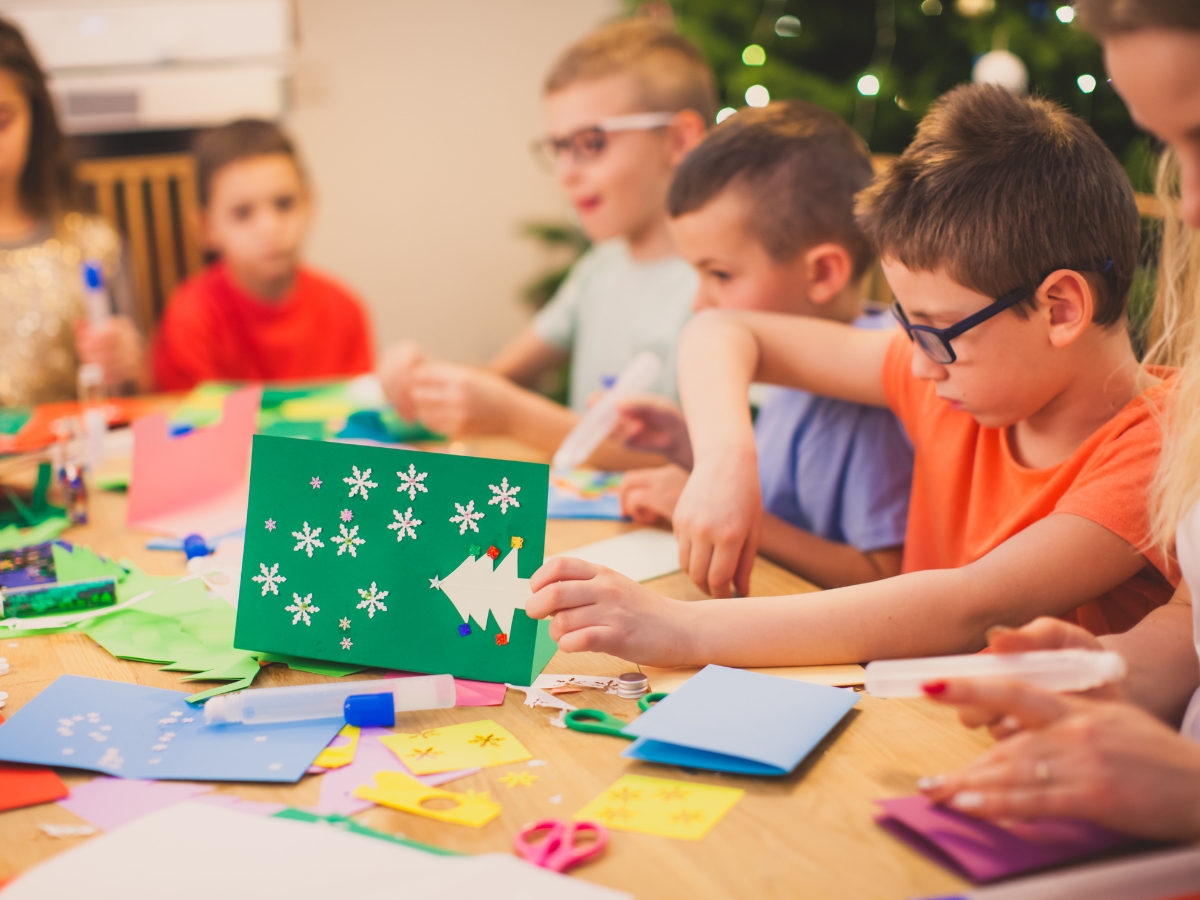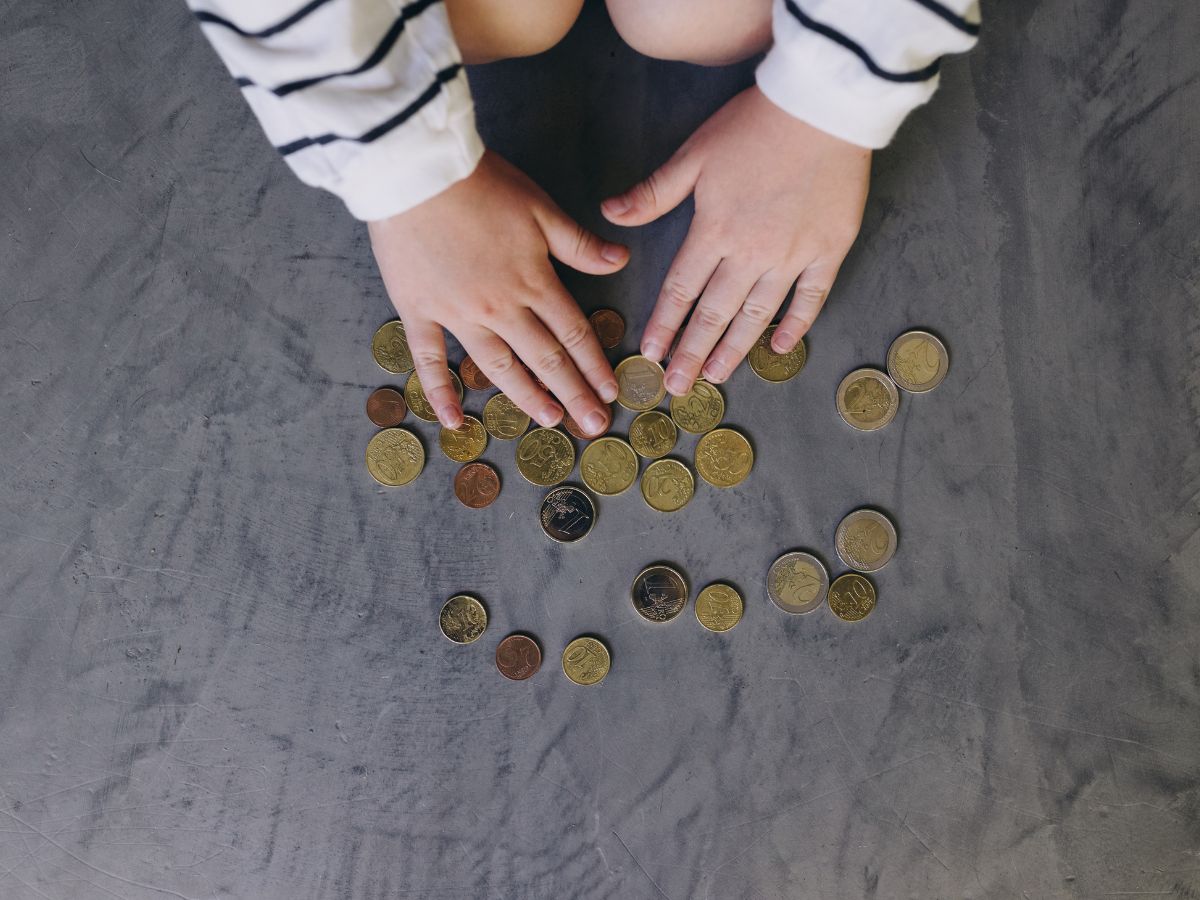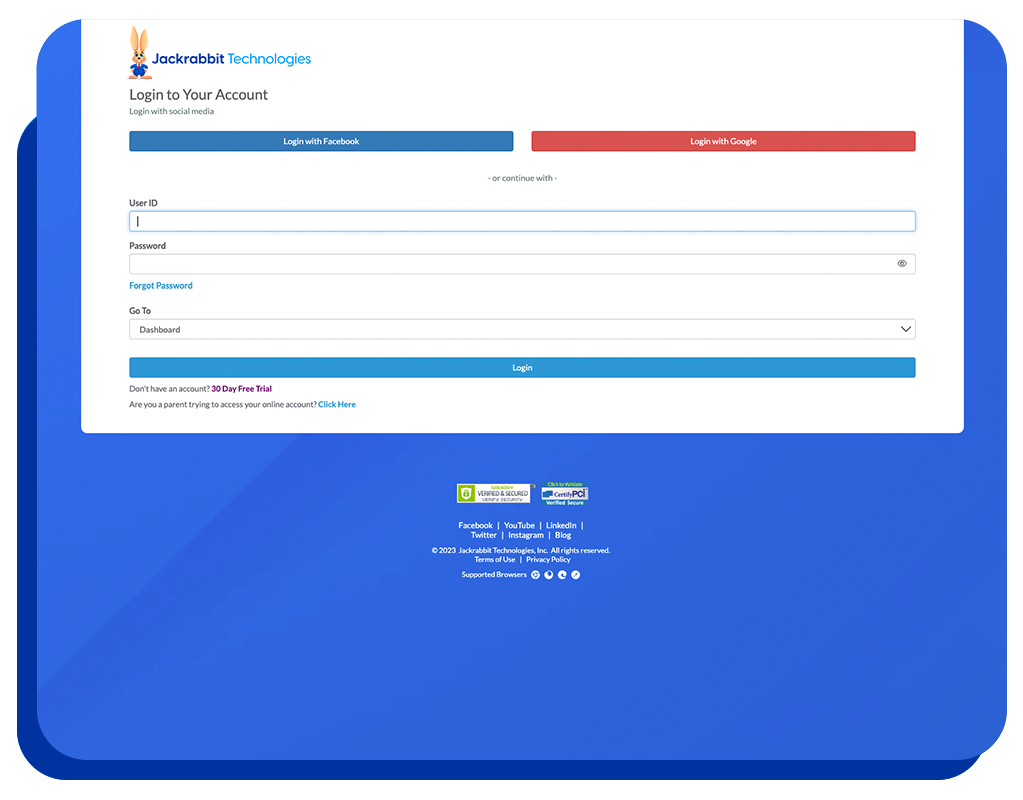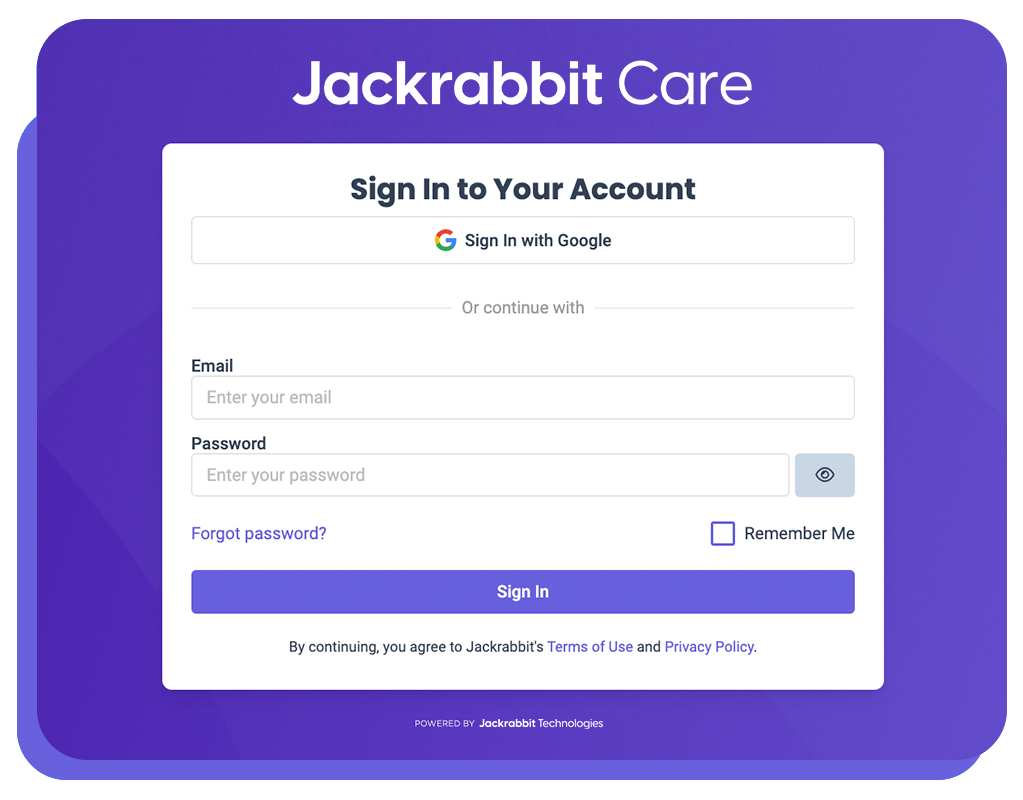As parents and educators, it’s our job to encourage children to explore and experience their surroundings. Whether you believe that children learn from free play or with a hands-on approach, there are many ways to incorporate them into your child care center curriculum. Below are six steps to help you develop the best child care center curriculum for your center to have fun with a purpose.
1. Align Child Care Center Curriculum with Personal and Organizational Values
Whether you’re a director, a teacher, or a parent, chances are that you have a vision of how you want children learn. Personal and organizational values define several structured types of preschool approaches.
Aligning your values into the curriculum helps parents quickly identify the type of environment that their children will learn in each day. Common preschool styles that align with mission or values are:
- Direct teaching
- Play-based learning
- Inquiry learning
- Explicit instruction
- Blended approach
- Event-based learning
2. Incorporate Developmentally Appropriate Activities
Regardless of the approach to learning, it’s imperative that the preschooler’s developmental abilities are at the center of the lesson plan. Preschool is a time to spark an interest and investment in the process of learning.
Without thought to the child’s developmental abilities, the love of learning could be lost in this phase from frustration. As you collect activities to engage the preschooler’s mind, be aware of their development in:
- Cognition: Children are still learning how they exist in the world and how the world exists outside of them. Logic and cause and effect are just beginning to grow in this phase.
- Language: Incorporate short and memorable songs, play word games, and always ensure story time is included to help build vocabulary and develop syntax.
- Social/Emotional: Throughout preschool development, children learn how to identify and regulate their emotions while recognizing someone else’s. Roleplay and games with simple rules and turn sharing help children develop these skills.
- Physical Development/Movement: From learning to control their own heads to using scissors to cut paper, early childhood is a time of dynamic change in motor skills. Ensure your movement activities are aligned with the child’s gross and fine motor abilities.
3. Establish Learning Goals in Your Curriculum
We know that young children are still developing in cognition and reasoning; however, preschool is that time to get young children ready for the process of learning. When they enter into the primary years of education, they’ll be in highly structured settings.
When defining educational goals for younger children, build on the areas that are already primed for growth while preparing them for the next phase. Although each state defines learning goals, preschool education emphasizes these fundamentals:
- Social and Interpersonal Goals: Help your preschoolers learn who they are and how they function with others with turn-taking, empathy, collaboration, hygiene, and self-help skills.
- Academics: Help prepare early learners by fine-tuning verbal communication and comprehension. Get them familiar with how to read a book. Expand their counting skills from 1-10. Familiarize them with the alphabet. Build the basics.
- Music and Arts: Craft time isn’t just about creating handprints on paper. Holding crayons helps small children learn to grip writing material properly. It encourages their creativity and establishes a love for learning.
- Self-Help and Intrapersonal Skills: Independent thinkers need activities that praise accomplishment. Ensure your child care curriculum covers opportunities to be line-leaders, someone to help pass out materials, and independence with throwing away their own trash and washing hands. If needed, potty training also fits into this realm of autonomy.
4. Plan a Daily Child Care Center Schedule
The world can be overwhelming during early childhood. We’ve all observed the inconsolable child during drop-off. Although nothing is wrong and the environment is safe, the crying child finds no comfort in these facts.
Research shows that routines and schedules support the healthy development of self-regulation skills and social/emotional growth. Children find comfort in predictability and learn what to expect with well-established routines.
Creating a daily schedule mutually benefits the child and teacher. While a daily schedule helps a child feel in control of their environment, it also helps you ease symptoms of separation anxiety and transition to different learning activities. Center your schedule around:
- Common drop-off times
- Social development activities
- Eating schedules
- Curriculum plans
- Rest times
- Art and Music
- Pick-up
5. Make Learning Engaging
Learning is accomplished to a higher degree when children are actively engaged. As a general rule, children have an attention span as long as their age. That means you can command the solid focus of a four-year-old for four minutes.
So how do you keep small children actively engaged throughout the day? Refer back to your well-established routine and your age group’s developmental stages. Whether you’re in the infant classroom or wrangling the older kids, mix up your lesson activities to allow for both quiet reflection and active engagement with:
- Silly songs & interactive stories
- Physical play
- Quiet time or rest periods
- Get on their level
- Ask expanding questions
6. Include Core Subjects in Your Curriculum
Preschoolers are ready to build foundations in subjects that will be formally introduced later. Many activities and lessons will be both educational and fun to serve as a primer for core subjects.
Reading: Even outside of circle time, you can encourage young readers by having them identify their written names, labeling the pictures they’ve drawn, and having them identify letters of the alphabet. Orient little ones to independent reading by teaching them the process before they even sound out words.
Math and Science: You don’t have to have a formal mathematics lesson to get children to understand concepts of amounts and groups. Research also shows that children who play with puzzles perform better later in mathematics, science, and technology.
Social Studies: As preschoolers learn about the world around them, introduce them to different cultures, help them learn about their own identifying information, and expose them to various types of play foods, dolls, and toys that they will share with their peers.
The Arts: From circle time exposure to songs and movement to crafting and instruments, make preschool curriculum rich in visuals, performances, and music arts.
The Takeaway is that you should intentionally design your entire child care center curriculum.
Child care is so much more than keeping children safe and busy. Preschool is the time for foundational learning that will lead to a love of knowledge. Keep your children’s abilities in mind, and follow these child care curriculum ideas for dynamically engaging structure. Define your curriculum around who you are and what you believe while keeping developmental ability in mind.

